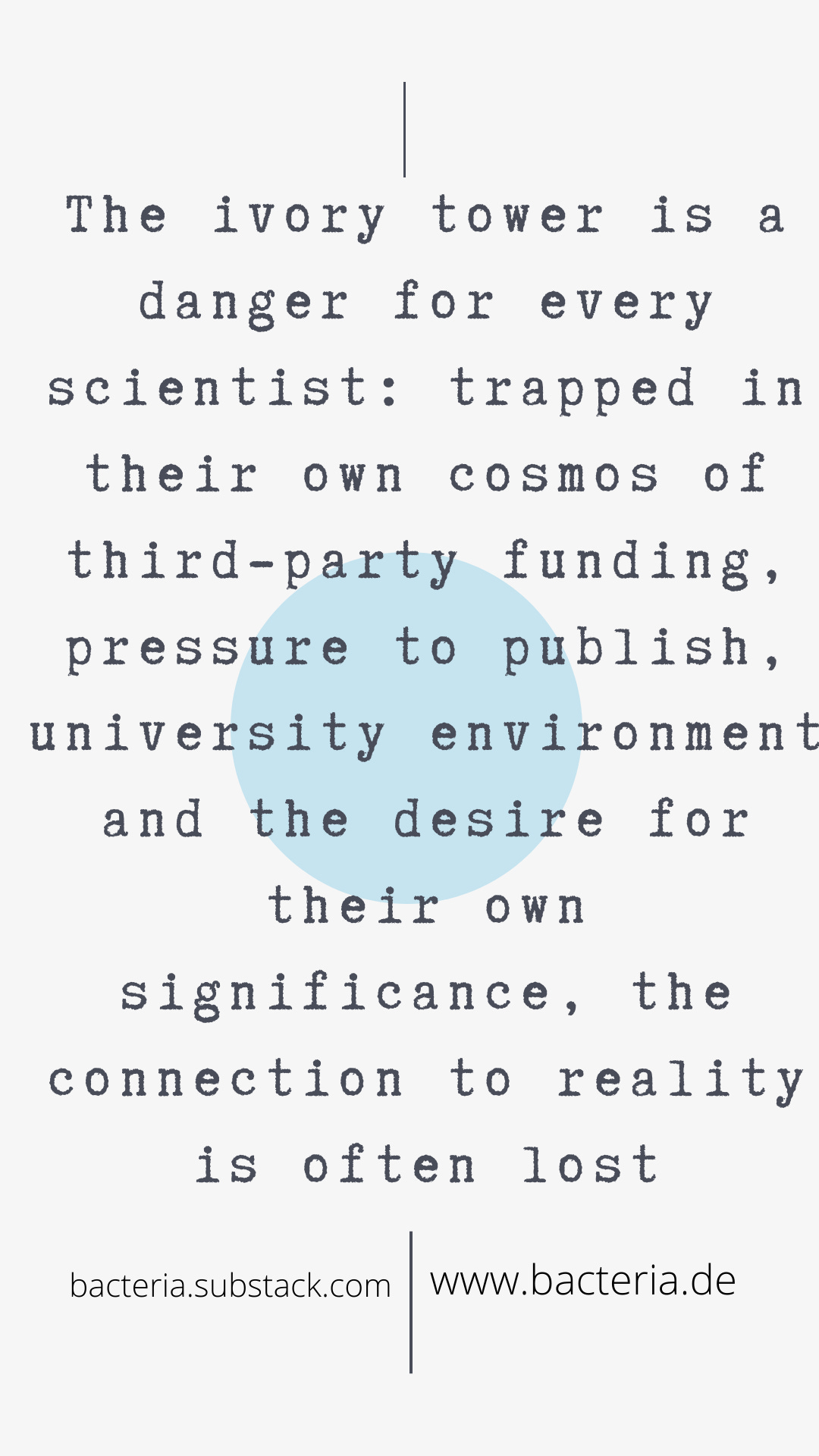How microorganisms can change our lives
A brief look back at how it all began and a glimpse of what's to come.
How it all began
Happy New Year!
January 1, 2022 and the first newsletter on Substack. A good day to start something new.
I had also started something new when I decided within seconds at the end of 1996 to found a company, vermicon AG, dealing with the analysis of microorganisms. At that time, I had completed my PhD, during which I had been working on the detection of non-cultivable bacteria using gene probe technology. During a conversation with a colleague one winter evening in the somewhat dim courtyard of the department, I had wondered why this technology was not being applied in industry. The decision to do it myself was made within seconds and changed my life fundamentally. Until the official start of vermicon AG in September 1997, nine months of organization and fundraising passed, during which many doubts had to be overcome. But on September 10, 1997, Jiri the scientist had officially become Jiri the entrepreneur.
From science to practice: the ivory tower
I have never regretted this step. However, one of the main motivations for me to become an entrepreneur was the ivory tower in which a scientist is undoubtedly trapped. At least if you are doing basic research. It was important to me to bring the findings from research into application. That's why I chose the step into entrepreneurship.
The ivory tower is a danger for every scientist: trapped in their own cosmos of third-party funding, pressure to publish, university environment and the desire for their own significance, the connection to reality is often lost. This is not a bad thing, and especially in fundamental science, the result of the research is not necessarily its applicability. But for someone who wants to put his results into practice, the ivory tower is a prison from which it is very difficult to break out.
From B2B to B2C: The birth of Magnospira
After twenty years with vermicon AG in which we regularly performed microbiological analyses and missions for companies, it was time to found my second company Magnospira. With this company I could also address private persons. I had been interested in the combination of microbiology and health throughout my whole microbiological career. My additional training as a holistic health coach only strengthened my motivation to share the insights of how microorganisms can enrich our lives. With Magnospira, I had finally found a way to use consulting to help people who were interested in improving their health with the power of microorganisms.
The Substack platform
There was only one problem. How would I be able to reach people who were not already convinced of the idea that microorganisms could bring us greater satisfaction? How would I be able to make the widest possible audience aware of the impact that bacteria and viruses have on us? A target group that basically knows little about them and therefore cannot even imagine these far-reaching possibilities?
By finding the Substack platform, I finally got the answer. It allows me to address a large group of readers who have so far had little contact with microbiology and can thus show them the influence that microorganisms have on us. I think this is important, because only when you understand it is possible to make a decision.
Who are my readers?
Anyone expecting a detailed description of molecular and microbiological details will be disappointed. I am not interested in reproducing science. Anyone who is interested can research the exact details in the referenced publications. My aim is to extract the connections and to show links that are not readily apparent.
My readers are people who have an interest in improving their health and well-being and who recognize that microorganisms, which are ten times more abundant in our bodies than human cells, play an essential role in this.
My readers are people who do not want to be dependent on the pharmaceutical industry or their doctors, but who want to make self-determined decisions.
My readers are people who are open minded and who enjoy taking control of their today and want to actively shape their future.
What can my readers expect?
In my newsletters, I try to go into more detail on the following topics, among others:
How do microorganisms affect our everyday lives?
What are myths about microorganisms and what are facts?
How can we improve our health and well-being with the help of microorganisms?
What are the latest findings about microorganisms and what do they mean for our everyday lives?
How can I improve the interaction with my microorganisms to strengthen my immune system?
How can I avoid the harmful influence of some microorganisms and thus avoid diseases?
The goal is to gain insights that are relevant to everyday life.
The newsletter is sent once a week on Friday. Sometimes also more frequently in the case of important new findings.
At the end I would like to leave you with a request: I would be very happy if you would share this newsletter and thus give more people access to the information about how microorganisms determine our existence and how we can use this interaction to achieve a better, happier and healthier life.
Thank you very much!





